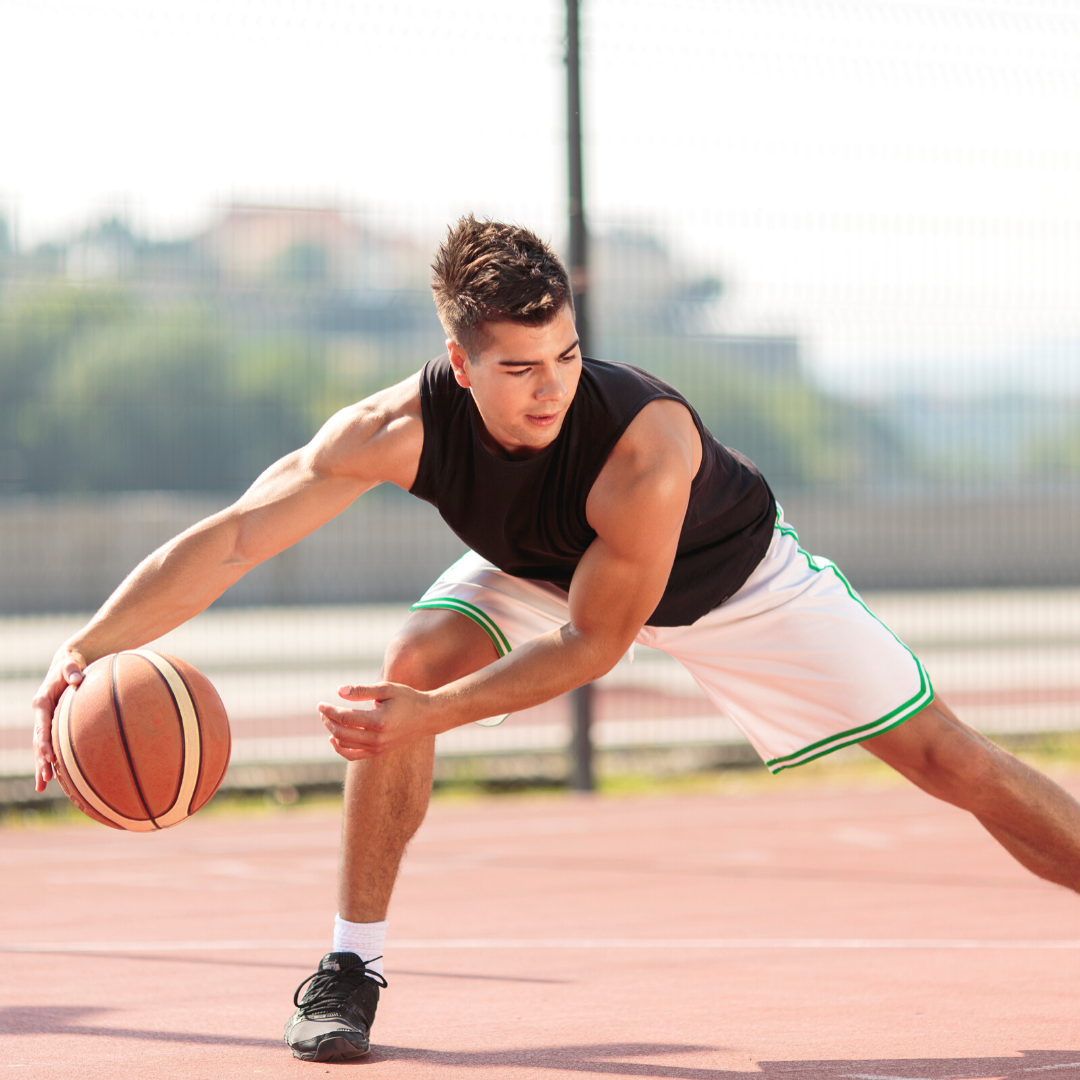As the weather gets warmer outside, many people who have spent the last 5 months glued to their couches watching TV and ordering in food attempt to get back into their favorite sports where they left off last season. Mentally they might be ready for this, but physically their bodies aren’t. Without proper preseason conditioning, including stretching and strengthening, participants put themselves at risk for tendon, ligament, or muscle injury. One of the most common injuries that we see around this time of year is adductor muscle strains. Often referred to as a “groin pull” or “strain,” they usually represent an injury to one or more of the adductor muscles. Groin injuries are fairly common to sports participants, particularly soccer, hockey, tennis, and football players. These muscles help pull the legs together and help stabilize the hip joint.
Muscle strains or pulls occur when the muscle stretches more than it is accustomed to or able to be stretched, which results in microscopic tears of the muscle fibers. In severe cases, the muscle can tear completely. The microscopic tears are consistent with Grade I strains and often cause mild discomfort. These don’t usually limit activity. Grade II strains are more severe and can affect one’s ability to play sports. When the tears make things like walking difficult, the injuries are more consistent with Grade III strains.
Patients with groin strains can often describe the exact time at which the injury occurred. It usually happens when running or pivoting, and they get pain along the inner aspect of their thigh in the groin region. Any additional running is very painful. Rarely, the tendon will tear away from the bone. In these cases, athletes often feel or hear a pop. They may also describe the presence of ecchymosis (or bruising) in the same region.
The diagnosis is usually made based on the history and exam, but MRIs can be useful in more severe cases to rule out the presence of a tendon tear. On the bright side, most of these injuries, including grade IIIs, respond well to conservative treatment options. These include rest, anti-inflammatory medications, ice, compression, and elevation. After the initial inflammation dissipates, a program of stretching and gradual strengthening should be instituted. A gradual return to sports follows. The time period for this healing process can range from days to weeks depending on the severity of the strain.
In very severe cases, the muscles may tear away from the bone where they attach, in which case surgery can be necessary to ensure healing. This would require a lengthy recovery process.
Groin pulls are common sports injuries that can often be prevented with a regimented stretching and strengthening program. Despite appropriate conditioning, however, injuries still occur. Be smart about returning to sports this spring. Use the upcoming weeks to get back into shape before trying to play at the levels you competed in at the end of last season.



